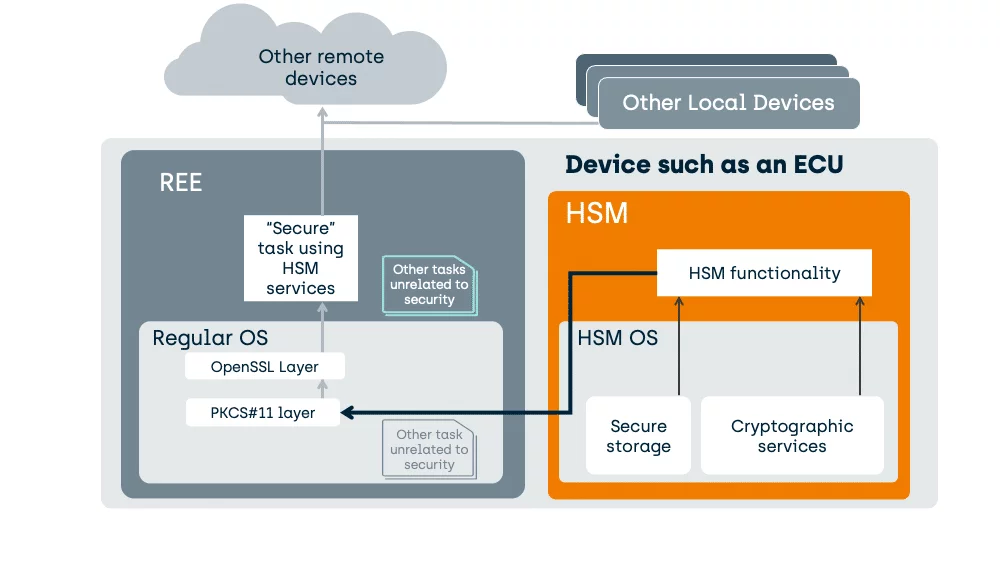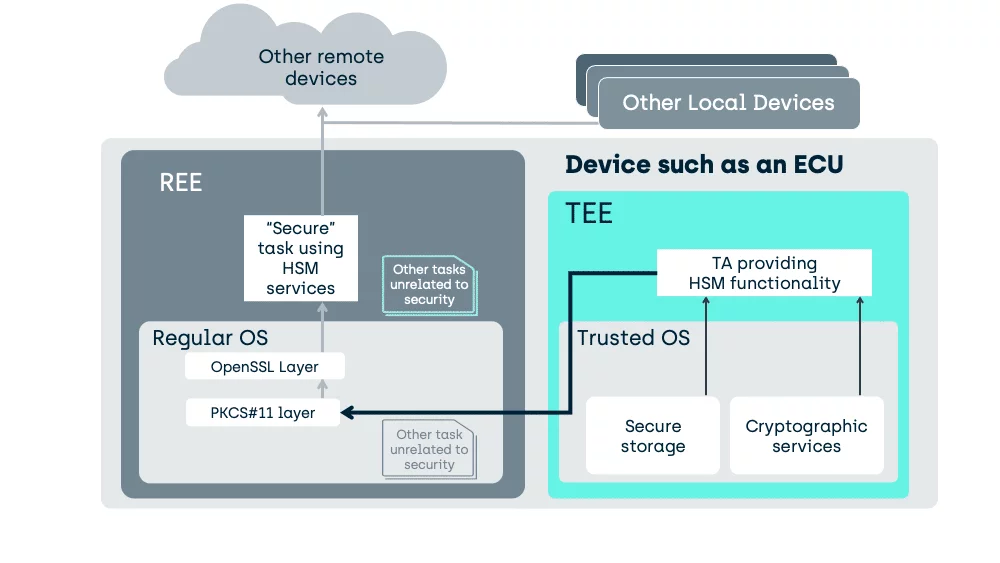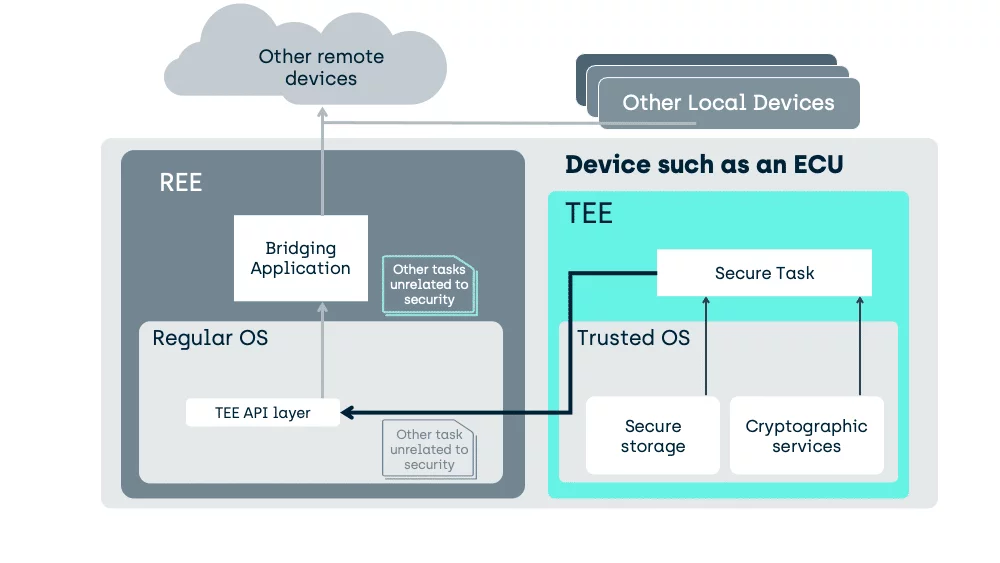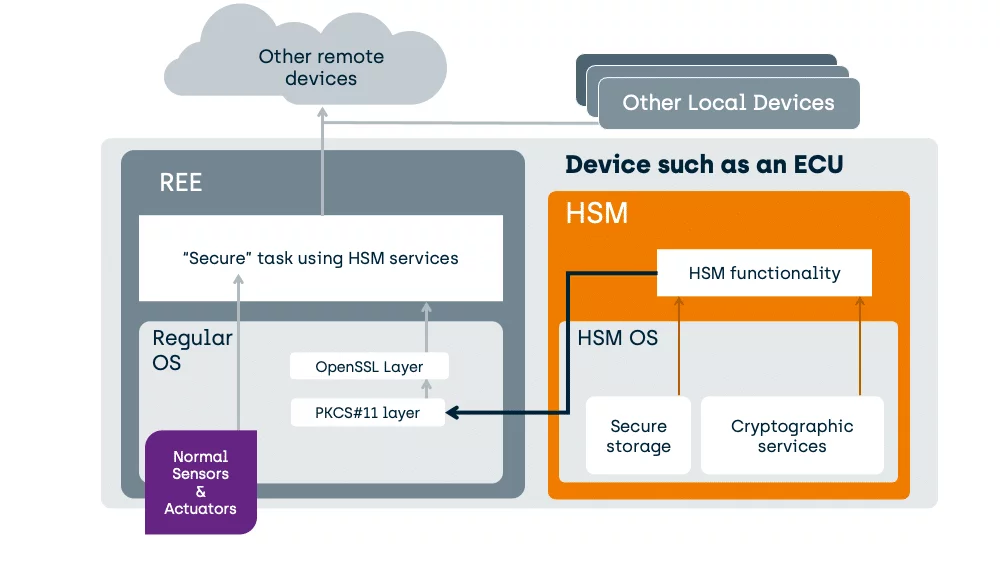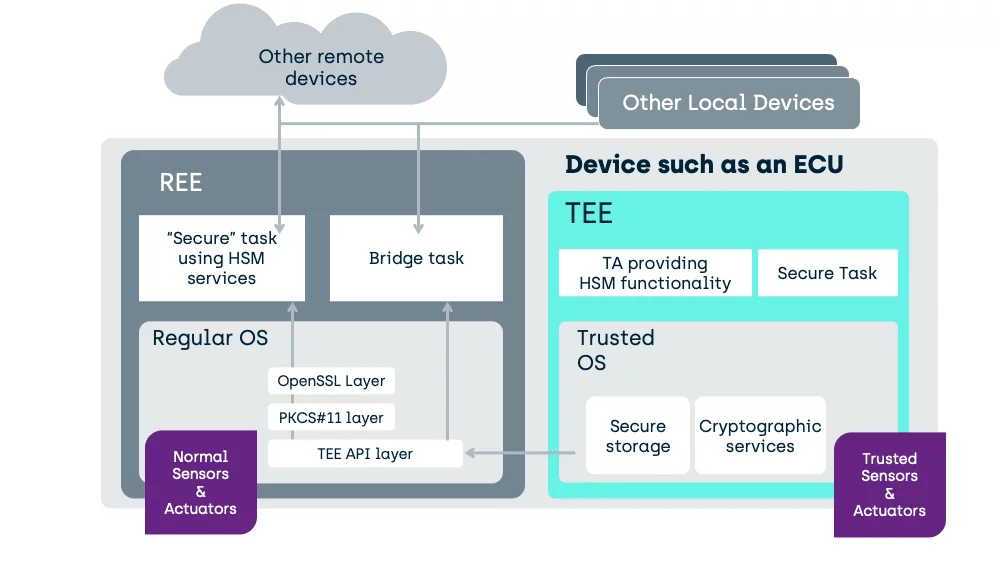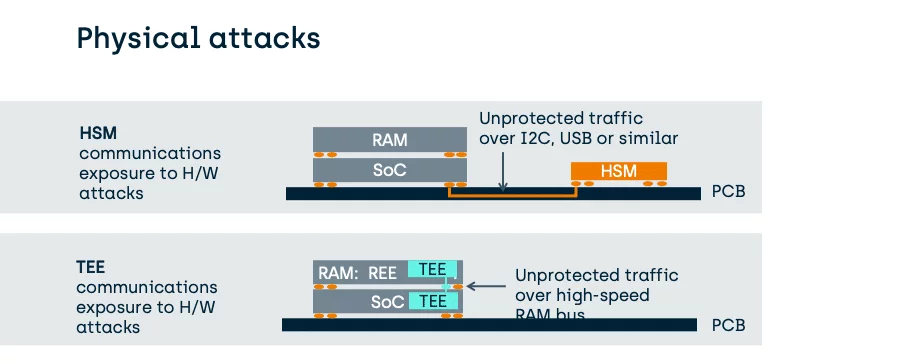Source https://blog.csdn.net/qq_41209741/article/details/114634362
文章目錄
Introduction
Definitions
3. 服務和服務要素
3.1 Basic services
3.2 Short Message Service elements
3.2.0 Introduction
3.2.1 有效期
3.2.2 服務中心時間戳
3.3.3 協議標識符
3.3.4 More Message to Send
3.3.5 優先和非優先信息的傳遞
3.3.6 Message Waiting
3.2.7 Alert-SC
3.2.7a MT Correlation ID
3.2.9 Status report capabilities
3.3 Unsuccessful short message TPDU transfer SC > MS
3.3.1 Errors occurring during transfer of TPDU to MS
3.3.2 Errors occurring after TPDU arrives at MS
3.4 Unsuccessful short message TPDU transfer MS->SC
3.4.1 Errors occurring during transfer of TPDU to SC
3.4.2 Errors occurring after TPDU arrives at SC
3.5 將補充業務與短消息業務結合使用
3.6 運營商決定限制在短消息業務中的適用性
3.7 多條短消息傳輸
3.8 短信和互聯網電子郵件互通
3.9 短信壓縮
Introduction
短消息服務(SMS)提供了一種向GSM/UMTS/EPS手機發送有限大小消息的方法。短信服務的提供利用了一個服務中心,作為短信息的儲存和轉發中心。因此,GSM/UMTS/EPS-PLMN需要支持服務中心和移動台之間的短消息傳輸。
移動源消息應從MS傳輸至服務中心。這些用戶可能是為其他移動用戶或固定網絡上的用戶指定的。移動端接信息應從服務中心傳輸到移動終端。這些信息可由其他移動用戶(通過移動源短消息)或各種其他來源(如語音、電傳或傳真)輸入服務中心。
Definitions
alert-SC:由GSM/UMTS PLMN提供的服務單元,用於通知先前向特定MS發起了不成功的短消息遞送嘗試的SC,該MS現在被PLMN識別為已恢復操作
status report:SC通知發起MS提交給SME的短消息的結果
Gateway MSC For Short Message Service(SMS-GMSC):MSC的功能,能夠從SC接收短消息,詢問HLR路由信息和SMS信息,並將短消息傳送到VMSC或接收方MS的SGSN
IP-Short-Message-Gateway (IP-SM-GW):負責基於IP的UE和SC之間的協議互通的功能
Loop Prevention (LP):允許SMS應用程序禁止轉發或自動生成可能導致無限循環的消息的信息元素。
Messages Waiting (MW):使PLMN存儲信息(消息等待指示)的服務元素,列出那些嘗試向該PLMN中的MS發送短消息失敗的SCs
Messages Waiting Indication (MWI):要存儲在與MS相關聯的HLR和VLR中的數據,指示在一組SCs中有一個或多個消息等待被傳送到MS(由於不成功的傳送嘗試)
Messages Waiting Data (MWD):MWI(消息等待指示)的一部分,存儲在HLR中。MWD由SMSC(短消息服務中心)的地址列表組成,該地址列表中有等待發送到移動設備的消息。
Home Location Register(HLR):歸屬位置寄存器是在蜂窩網絡中找到的數據庫。它除了存儲基於位置區域的信息外,還存儲與服務和功能相關的訂戶數據。
Mobile Management Entity (MME):為位於指定為MME區域的地理區域中的移動站執行分組交換功能的交換機
Mobile-services Switching Centre (MSC):為位於指定為MSC區域的地理區域中的移動台執行交換功能的交換機
Mobile Station Memory Capacity Exceeded Flag (MCEF):部分MWI存儲在HLR中。
MCEF是一個布爾參數,指示MWD的地址列表是否包含一個或多個條目,因為向MS傳遞短消息的嘗試失敗,並導致MS內存容量超出
Mobile Station Not Reachable Flag (MNRF):部分MWI存儲在VLR、MME和HLR中。MME支持本文件中規定的與MNRF有關的VLR的所有要求。
MNRF是一個布爾參數,指示MWD的地址列表是否包含一個或多個條目,因為向MS發送短消息的嘗試失敗了,原因是訂戶不在。
Mobile station Not-Reachable-for-GPRS (MNRG):部分MWI存儲在SGSN和HLR中
MNRG是一個布爾參數,指示MWD的地址列表是否包含一個或多個條目,因為向MS傳遞短消息的嘗試失敗,原因是用戶缺席
Mobile Station Not Reachable-via-the-MSC-Reason (MNRR-MSC):MWI在HLR中的一部分,當在MSC向MS發送短消息的嘗試失敗並導致用戶缺席時,它存儲MS缺席的原因
Mobile Station Not Reachable-via-the-SGSN-Reason (MNRR-SGSN):MWI在HLR中的一部分,當在MSC向MS發送短消息的嘗試失敗並導致用戶缺席時,它存儲MS缺席的原因
More Messages To Send (MMS):信息元素,提供一個MS接收來自SC的短消息的時候,信息是否還有更多的消息等待從該SC發送到MS
Service Centre (SC):負責在SME和MS之間中繼、存儲和轉發短消息的功能
Short Message Entity (SME):可以發送或接收短消息的實體。
SME可以位於固定網絡、MS或SC中。
SMS STATUS REPORT:短消息傳輸協議數據單元,向接收MS通知由MS先前提交的源於移動的短消息的狀態,即SC是否能夠轉發該消息,或者該消息是否被存儲在SC中以供稍後傳送
SMS COMMAND:短消息傳輸協議數據單元,使MS能夠在SC調用操作
例如,MS可以刪除短消息、取消TP狀態報告請求、查詢短消息的狀態或請求由SC執行的另一功能。
SMS DELIVER:包含用戶數據(短消息)的短消息傳輸協議數據單元,從SC發送到MS
SMS SUBMIT:包含用戶數據(短消息)的短消息傳輸協議數據單元,從MS發送到SC
TPDU: Transfer protocol data unit,傳輸協議數據單元
3. 服務和服務要素
3.1 Basic services
MS狀態改變:從連接態到空閒態,從空閒態到連接態,或者正在Handover的時候,短信傳輸可能會失敗。
還有可能依次接收具有相同的起始地址和標識的兩個短消息,即消息參考號(MO)或SC時間戳(MT)。這種情況可能是由於RP或CP層(例如,在MSC間切換期間)的錯誤造成的,其中它可能是重複的消息,否則它可能是有效的新消息。
因此,接收實體應規定檢查短消息中包含的其他參數,以確定是否要丟棄第二條短消息。在Android中,如果下面6個信息都相同,則判斷為同一條短信,將第二條丟棄:
發端address
MO號碼
count總數
序列號
時間戳
消息內容
(其中count和序列號是針對:用於連接多部分SMS消息的字段)
3.2 Short Message Service elements
3.2.0 Introduction
短信包括8個要素,特別是提交和接收消息:
有效期;
服務中心時間戳;
協議標識符;
More Message to Send;
優先級;
Message-Waiting;
Alert-SC。
MT相關ID。
3.2.1 有效期
TP Validity Period參數值表示短消息有效的時間段,即在向接收者發送之前,SC應保證短消息在SC存儲器中存在多長時間。
3.2.2 服務中心時間戳
服務中心時間戳是一種信息元素,通過它,服務中心將短消息到達服務中心的SM-TL實體的時間通知收件人MS。時間值包含在每個發送給MS的SMS中。
3.3.3 協議標識符
協議標識符是信息元素,SM-TL通過該信息元素表示正在使用的高層協議,或者表示與某種類型的遠程信息處理設備的互通。
協議標識符信息元素使用消息類型中的特定字段:
SMS SUBMIT
SMS SUBMIT-REPORT for RP-ACK
SMS DELIVER DELIVER
SMS-DELIVER-REPORT for RP-ACK
SMS_STATUS_REPORT
SMS COMMAND TP Protocol Identifier (TP PID)
3.3.4 More Message to Send
More Messages to Send是SC通知MS在該SC中有一條或多條消息等待發送給MS的信息元素。More Messages to Send信息元素使用message SMS DELIVER,TP More Messages to Send(TP MMS)中的布爾參數。
3.3.5 優先和非優先信息的傳遞
優先級是由SC或SME提供的信息元素,用於向PLMN指示消息是否為優先級消息。
如果MS被確定為暫時不在,則不應嘗試傳遞非優先級消息。
如果MS未被識別為暫時不存在,則應嘗試傳遞非優先級消息,無論MS是否被識別為沒有可用內存容量。
無論MS是否被識別為暫時不存在或沒有可用內存容量,都應嘗試傳遞優先級消息。
3.3.6 Message Waiting
消息等待是使PLMN能夠提供HLR、SGSN和VLR的服務元素,接收者MS與該HLR、SGSN和VLR相關聯的信息,即在發起SC中有消息等待被遞送到MS。該服務元素僅在先前針對非單個短消息的由於手機暫時不在或MS內存容量超出而導致SM不成功遞送嘗試的情況下使用。
該信息表示消息等待指示(MWI),包括
消息等待數據(MWD)、
GPRS不可到達的移動台(MNRG)、
IP不可到達的UE(UNRI)、
移動台不可到達標誌(MNRF)、
通過MSC不可到達的移動台(MNRR-MSC),
移動不可通過位於HLR中的SGSN原因(MNRR-SGSN)、
UE不可到達原因(UNRR)和移動台存儲容量超出標誌(MCEF)到達;
位於SGSN中的GPRS不可到達移動台(MNRG)和位於VLR中的移動台不可到達標誌(MNRF)。
圖1顯示了一個示例。
圖1 Example of how information on one MS can be put in relation to SC(s)
in order to fulfil the requirement of Alert SC mechanism
MWD應包含一份SCs地址列表(SC Addr),該地址以前曾嘗試過不成功的消息傳遞。為了能夠將警報消息發送給每個嘗試向MS發送非單次SM的SC,HLR應存儲IMSI-Alert以及SC地址的參考。
3.2.7 Alert-SC
Alert-SC是服務元素,它可以由一些GSM/UMTS plmn提供,以通知SC MS:
由於無法訪問MS或超出了MS內存容量,傳送嘗試失敗;以及
PLMN現在認為:
a)已恢復操作(例如已響應尋呼請求);或
b)有新的可用內存(這意味著移動設備是可訪問的)。
SC的重複傳送嘗試可能有兩種類型:
一種重複的傳送嘗試,因為SC已被告知MS處於活動狀態並且可以接收短消息
SC的自主重複交付嘗試。
這兩個選項的應用由SC和網絡的提供商定義。
3.2.7a MT Correlation ID
MT相關ID是僅當接收MS的HPLMN使用SMS路由器或IP-SM-GW時才使用的服務元素。它用於將前向SM操作與先前的信息檢索操作相關聯。
MT相關ID的使用增強了安全性。通過分析在轉發短消息操作中接收到的相關ID,可以容易地從相關信息檢索操作的起源地檢查它,從而導致檢測到“假”和“欺騙”SMS。
在協議層的IMSI IE中使用MT相關ID來代替IMSI。因此,其結構被定義為與該元素完全相同:
圖2 Structure of the MT Correlation
Sender ID:它由9位十進制數字組成,在其使用壽命內應是唯一的。出於安全目的,其值應為隨機分配的數字,而不是順序分配的數字。
3.2.9 Status report capabilities
SMS還向SC提供通知MS先前發送的源於移動的短消息的狀態的能力。消息的狀態可以是:
成功交付給SME;
SC無法將消息轉發給SME。原因可能是永久性或暫時性的錯誤。永久性錯誤可能是,例如有效期過期、SME地址無效。臨時性錯誤可能是,例如SC SME連接中斷,SME暫時不可用。
3.3 Unsuccessful short message TPDU transfer SC > MS
3.3.1 Errors occurring during transfer of TPDU to MS
這些錯誤通常是由於PLMN或MS中的限製或不支持的服務造成的。錯誤指示從SMS GMSC返回給SC,但MS的進一步診斷信息不可用。
3.3.2 Errors occurring after TPDU arrives at MS
SMS-DELIVER_REPORT包含錯誤信息
Error indication Status (Permanent or Temporary) Meaning
Unknown subscriber P The PLMN rejects the short message TPDU because there is not allocated an IMSI or a directory number for the mobile subscriber in the HLR (see 3GPP TS 29.002 [15]).
Teleservice not provisioned P The PLMN rejects the short message TPDU because the recipient MS has no SMS subscription (see 3GPP TS 29.002 [15]).
Call barred T The PLMN rejects the short message TPDU due to barring of the MS (see 3GPP TS 29.002 [15], description of the Barring supplementary service, 3GPP TS 22.004 [3] and 3GPP TS 23.011[7]), description of Call barred due to Unauthorised Message Originator, 3GPP TS 29.002 [15], and description of Operator Determined Barring, 3GPP TS 22.041 [4] and 3GPP TS 23.015 [8]).
Facility not supported T The VPLMN rejects the short message TPDU due to no provision of the SMS in the VPLMN (see 3GPP TS 29.002 [15]).
Absent subscriber T The PLMN rejects the short message TPDU because ①there was no paging response via the SGSN, MSC or both (see 3GPP TS 24.008 [12] & 3GPP TS 29.002 [15]),②the IMSI GPRS or both records are marked detached (see 3GPP TS 29.002 [15]); ③the MS is subject to roaming restrictions (see “Roaming not allowed”, 3GPP TS 29.002 [15]); ④deregistered in the HLR. The HLR does not have an MSC, SGSN or both numbers stored for the target MS, (see 3GPP TS 29.002 [15]); ⑤Unidentified subscriber (see 3GPP TS 29.002 [15]); ⑥MS purged (see 3GPP TS 29.002 [15]) ; ⑦the MS is not registered in the HSS/HLR for IMS; ⑧there was no SIP response received by the IP-SM-GW; ⑨the MS is temporarily unavailable (eg in power saving mode due to eDRX). (The reasons for absence are assigned integer values in table 1a.The appropriate integer value is sent with the absent subscriber error indication as defined in 3GPP TS 29.002 [15])
MS busy for MT SMS T The PLMN rejects the short message TPDU because of congestion encountered at the visited MSC or the SGSN. Possible reasons include any of the following events in progress: ①short message delivery from another SC; ②IMSI or GPRS detach ③Location Update or Inter SGSN Routing Area Update; ④paging; ⑤emergency call; ⑥call setup.
SMS lower layers capabilities not provisioned T The PLMN rejects the short message TPDU due to MS not being able to support the Short Message Service. The short message transfer attempt is rejected either due to information contained in the class mark, or the MSC not being able to establish connection at SAPI = 3 (see 3GPP TS 24.008 [12] and 3GPP TS 29.002 [15]).
Error in MS T The PLMN rejects the short message TPDU due to an error occurring within the MS at reception of a short message, eg protocol error.
Illegal Subscriber P The PLMN rejects the short message TPDU because the MS failed authentication.
Illegal Equipment P The PLMN rejects the short message TPDU because the IMEI of the MS was black listed in the EIR.
System failure T The PLMN rejects the short message TPDU due to network or protocol failure others than those listed above (see 3GPP TS 29.002 [15]).
Memory Capacity Exceeded T The MS rejects the short message since it has no memory capacity available to store the message.
Status:永久或臨時
兩組錯誤指示之間的關係如表1所示。每個錯誤分為“臨時”或“永久”兩類。該分類給出了MS是否可能在合理的時間內變得可實現的指示,並且因此提供了SC要採取的建議操作,即存儲消息以便稍後傳輸,或者丟棄消息。
3.4 Unsuccessful short message TPDU transfer MS->SC
3.4.1 Errors occurring during transfer of TPDU to SC
這些錯誤通常是由於PLMN中的限製或不支持的服務造成的。MSC或SGSN向MS返回錯誤指示,但SC不能提供進一步的診斷信息
3.4.2 Errors occurring after TPDU arrives at SC
SMS-SUBMIT-REPORT包含錯誤信息
3.5 將補充業務與短消息業務結合使用
只有3GPP TS 22.004[3]和3GPP TS 23.011[7]中定義的補充業務的子集可以與短消息業務結合使用。該子集包括以下補充業務:
所有的5個限制服務。
3.6 運營商決定限制在短消息業務中的適用性
網絡特性運營商確定的限制(參見3GPP TS 22.041[4])適用於短消息服務。
如果短消息由於操作員確定的限製而失敗,則會將適當的錯誤原因返回給發端人
3.7 多條短消息傳輸
為了避免對在服務中心等待的每個消息對移動設備進行尋呼、認證等的需要,SC可以向SMS-GMSC指示有更多的消息要發送。當給出該指示時,將調用MAP過程,以便將該指示傳遞給VMSC,並且在SC中等待的所有短消息都被傳輸之前,VMSC不會釋放MS。
3.8 短信和互聯網電子郵件互通
MT SMS:
[<from address><space>]<message>
MO SMS:
[<to address><space>]<message>
The to address or from address may take the form:
user@domain1.domain2
or
User Name <user@domain1.domain2>
3.9 短信壓縮
短消息可以根據3GPP TS 23.042[26]中描述的壓縮算法進行壓縮。
壓縮和解壓可在SME之間或SME和SC之間進行。
壓縮僅適用於TPDU的TP用戶數據部分。壓縮報頭必須在緊接可能存在的任何TP用戶數據報頭字段之後的TP用戶數據字段的第一個八位字節處開始。
————————————————
版权声明:本文为CSDN博主「奄奄不息」的原创文章,遵循CC 4.0 BY-SA版权协议,转载请附上原文出处链接及本声明。
原文链接:https://blog.csdn.net/qq_41209741/article/details/114634362
